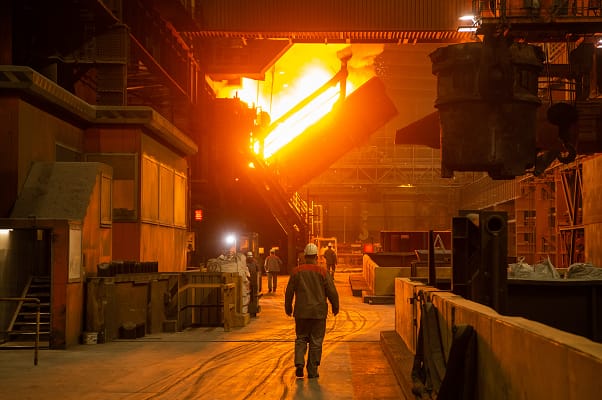
"The findings of the OECD Steel Outlook 2025 show there is an urgent need to address growing excess capacity, and the distortionary policies driving it, to ensure well-functioning global steel markets."
"High levels of subsidies and other policy distortions in several non-OECD economies are key drivers of this imbalance, posing risks to market stability, employment, supply chains, and decarbonisation efforts."
The OECD Steel Outlook 2025 warns of a rising global steel excess capacity projected to reach 721 million metric tonnes by 2027, outpacing OECD production. This imbalance is primarily driven by weak global demand amidst expansion policies, with non-OECD countries, particularly China, significantly increasing steel subsidies. China's steel exports have surged, impacting OECD markets and resulting in job losses. The report emphasizes the need for urgent action to address these issues to maintain fair competition and support decarbonization efforts in the industry.
Read at London Business News | Londonlovesbusiness.com
Unable to calculate read time
Collection
[
|
...
]